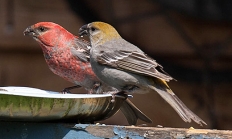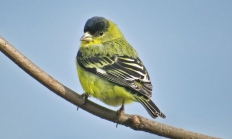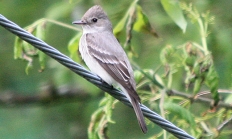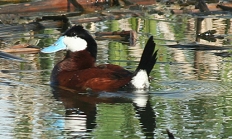Oregon and Washington trying a new approach to 2026 sturgeon fisheries in the Columbia River upstream of Bonneville Dam; season will not open Jan. 1 in Bonneville and The Dalles pools
CLACKAMAS, Ore. – Sturgeon retention will not open in Bonneville and The Dalles pools on the traditional date of Jan 1. following a joint state hearing held by Oregon and Washington fishery managers today. However, the retention fishery in the John Day pool, where harvest rates have been stable and…
















